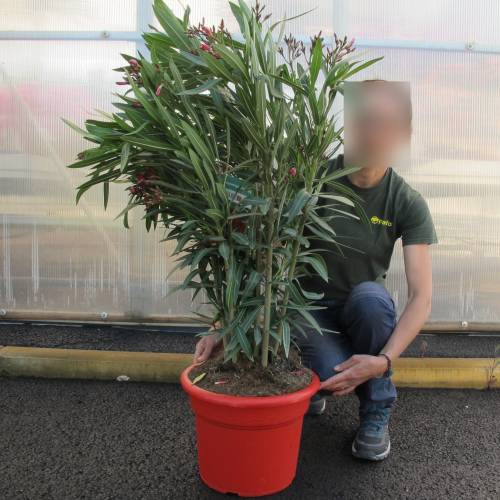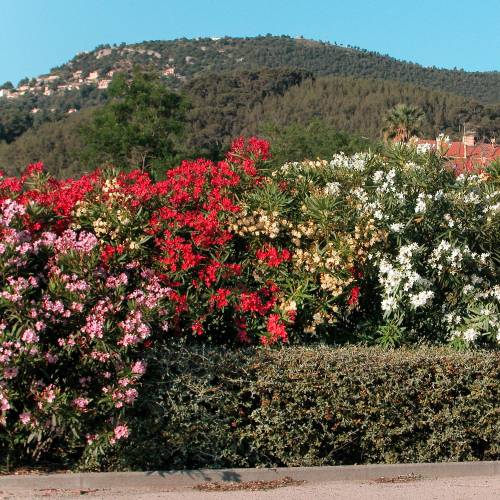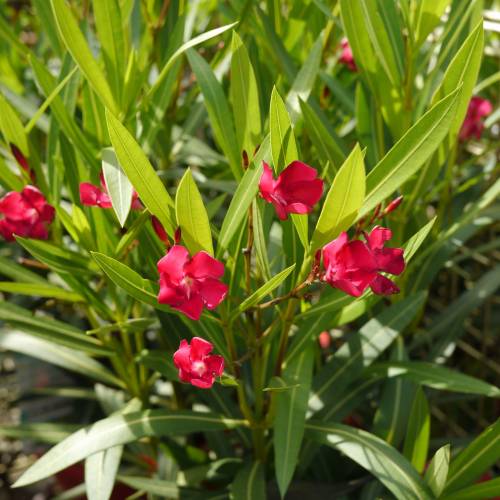
Plants
Rose Bay, Red Flowers / Nerium oleander rubra
-
61.88 € Rose Bay - Red flowers
1038L - Available
-
56.68 € Rose Bay - Red flowers
1038m - Available
-
51.48 € Rose Bay - Red flowers
1038M - Available
-
15.08 € Rose Bay - Red flowers
1038S - Available
-
14.51 € Rose Bay - Red flowers
1038T - Available
-
13.47 € Rose Bay - Red flowers
1038t - Available
-
9.31 € Rose Bay - Dark pink flowers
1036P - Available
-
8.79 € Rose Bay - Dark pink flowers
1038Q - Available
-
7.23 € Rose Bay - Dark pink flowers
1038K - Available
-
6.71 € Rose Bay - Dark pink flowers
1038N - Available
-
6.65 € Special Offer - 25%
1038U - Available
-
0.40 € FERTILISER
1038A - Available
-
Geographical origin: Mediterranean basin.
Adult dimensions: Height up to 3 m, width up to 3 m.
Foliage: Evergreen.
Type of soil: Light and rich.
Hardiness: Not very hardy, up to -6°C.
Exposure: Full sun.
Properties and uses:
The Rose Bay is a Mediterranean shrub that likes rich soils and plenty of watering. It is only by respecting these requirements that you will achieve abundant flowering from May through to September.
In areas with a mild winter the Rose Bay can be planted in the ground.
Otherwise it is best grown in a tub so that it can be kept in a non-heated veranda or green house during the winter (any indoor heating will cause it to rot).
Attention: All parts of this plant are poisonous if eaten. Even a small quantity can lead to death.
Jean-Michel Groult advises you
A thirsty… which withstand drought
Originally from the Mediterranean area, the Oleander likes to find humidity in depth, which allows it to face up to the summer’ heat without being sensitive to it. In our gardens, it will be even more beautiful and luxuriant if it does not suffer from lack of water in summer. The soil must not be saturated but always moist in its depth, even if it does dry up on the surface.
To blossom well, the Oleander needs regular fertilization. A fertilizer for Mediterranean plants suits it well. Thanks to this, it thrives in all soils, even poor or rocky. There is no need to enrich the soil at plantation. Its only exigency: sun. The Oleander is a sun loving plant and is a key shrub in areas where the sun shines.
How to prune it?
A good pruning allows the shrub not to get thinner at its base and encourages blossom: so it is essential to prune an Oleander. In March, shorten the branches approximately by a third. You can also prune it right back (5cm) to give your Oleander a second lease of life.
After blossoming, cut the withered stems just above the regrowth which forms below the flowering stem. The Oleander will blossom more willingly during summer.
In pot
The Oleander also thrives when grown in pot. Water it often, so as to prevent the earth-ball from drying out. Every three weeks (every fortnight when the flowering buds are forming) give it some liquid fertilizer. In winter, bring it indoors in a non-heated veranda, if temperatures go below -5°C: The Oleander suffers from frost when grown in pot.
Beware!
The Oleander is a very toxic shrub by ingestion. There is no risk when pruning or handling the plant, but ensure that your children and pets do not chew the leaves and stems! -
-
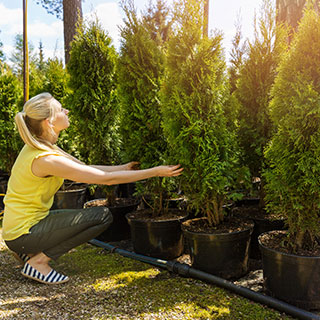
Catalogue of Mature Hedge Plants
37 products -

Current plants promotions
377 products -
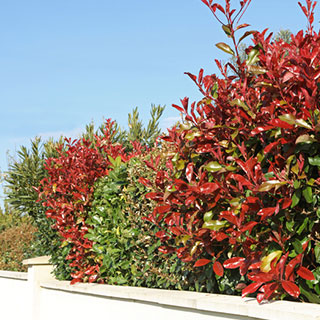
Evergreen Hedge
39 products -

Mediterranean gardens plants
184 products -
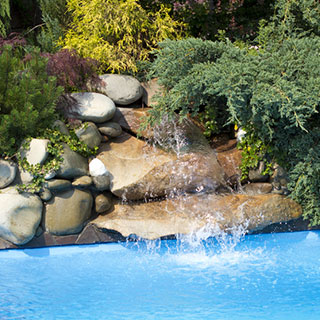
Poolside plants
259 products -
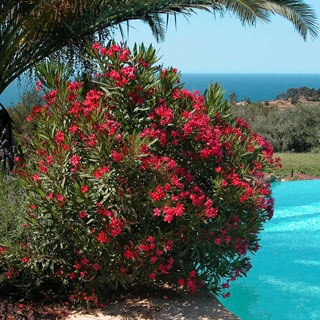
Rose Bay, Nerium oleander
4 products -
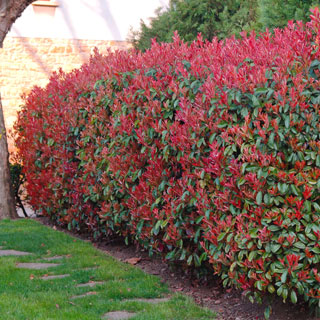
Screening Hedge
51 products -
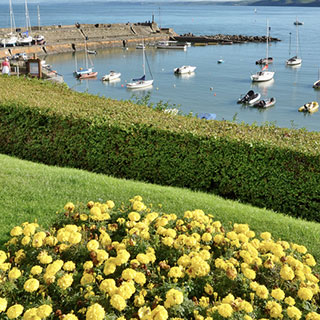
Seaside Gardens plants
221 products -

Top Selling Plants
223 products
-


